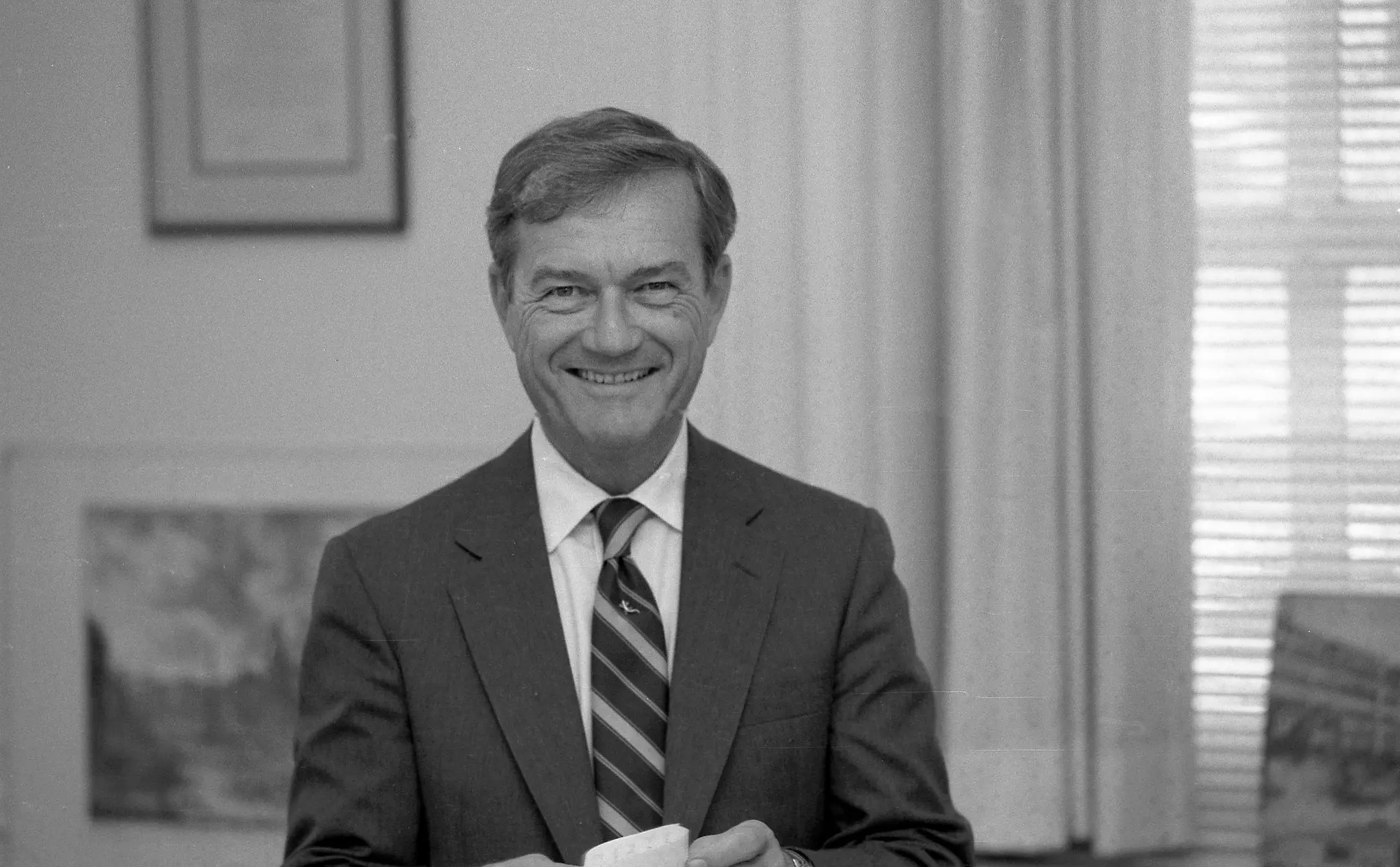Many people have heard the phrase “listed in the National Register of Historic Places.” But what does it mean? How does this happen?
The National Historic Preservation Act of 1966 authorized the Secretary of the Interior to maintain a list of resources important to our nation’s history. Historic places can be individual sites, or they can be made up of a number of resources – such as a historic district. Places of particular importance can further be designated as National Historic Landmarks.
Unlike other countries, the process of listing on the National Register is not a top-down process. Rather it is meant to be a process involving local, state and federal interests – all working together.
SHPOs play an important part in the nomination of resources to the National Register by serving as the initial point of contact and review for most National Register nominations. Successful nominations are then forwarded on to the “Keeper,” at the National Park Service.
“It has been said that, at its best, preservation engages the past in a conversation with the present over a mutual concern for the future”
William J. Murtagh, 1st official “Keeper” of the National Register
| Keeper | Term |
|---|---|
| Joy Beasley | 2018 – Present |
| J. Paul Loether | 2017 – 2018 |
| Stephanie Toothman | 2015 – 2017 |
| Carol D. Shull (Interim) | 2009 – 2015 |
| Jan Snyder Matthews | 2005 – 2009 |
| Carol D. Shull | 1994 – 2005 |
| Jerry L. Rogers | 1981 – 1994 |
| Carol D. Shull (Acting) | 1979 – 1981 |
| William J. Murtagh | 1967 – 1979 |
Learn more about the National Register of Historic Places, from the National Park Service

